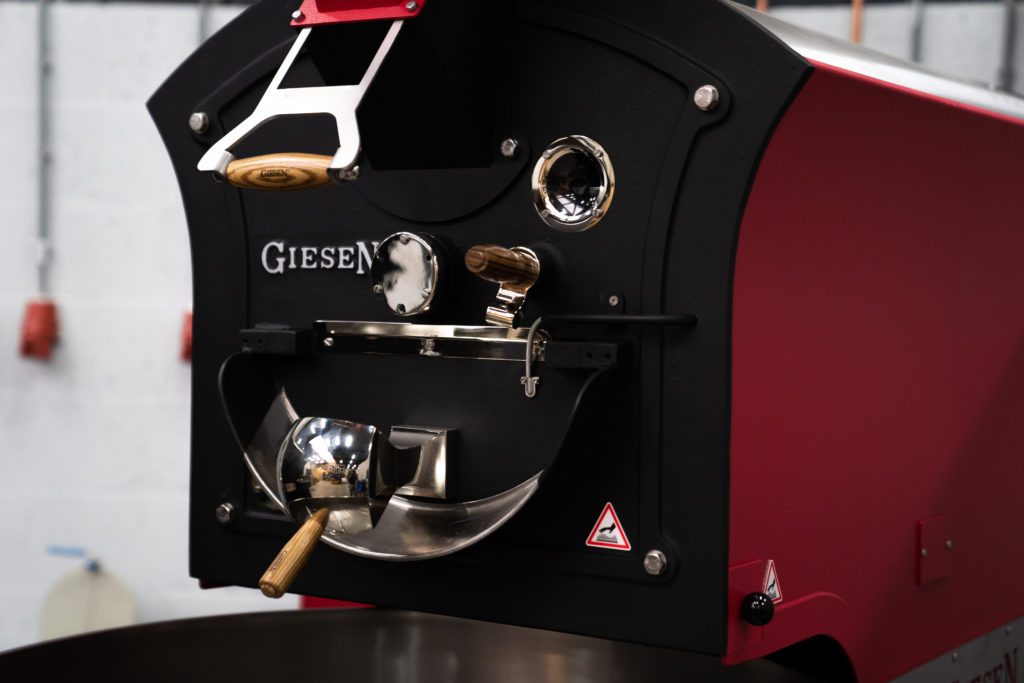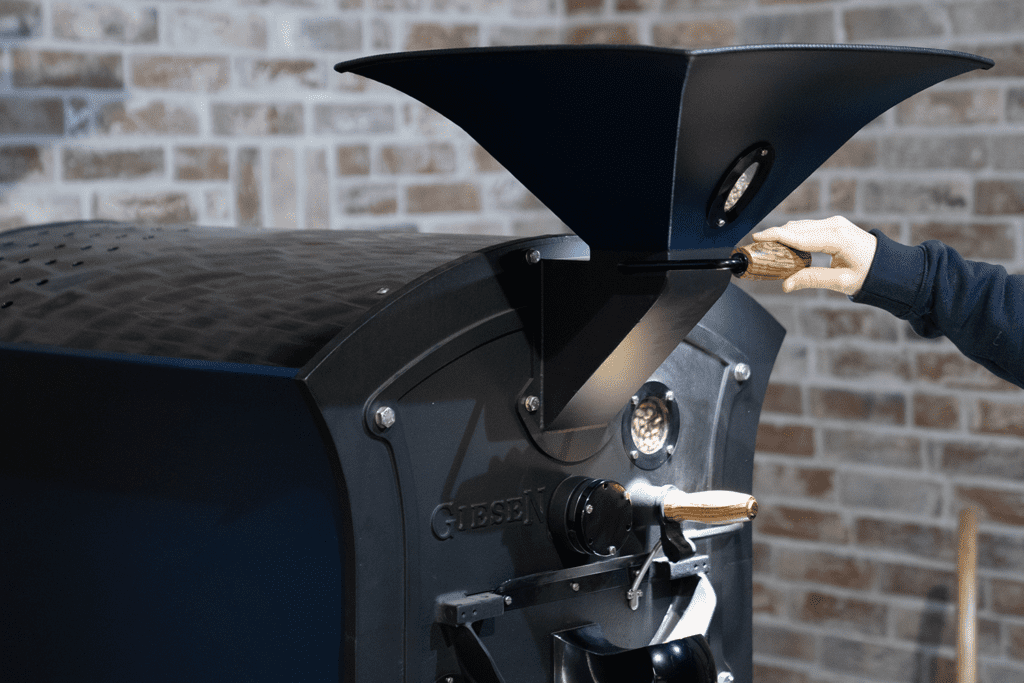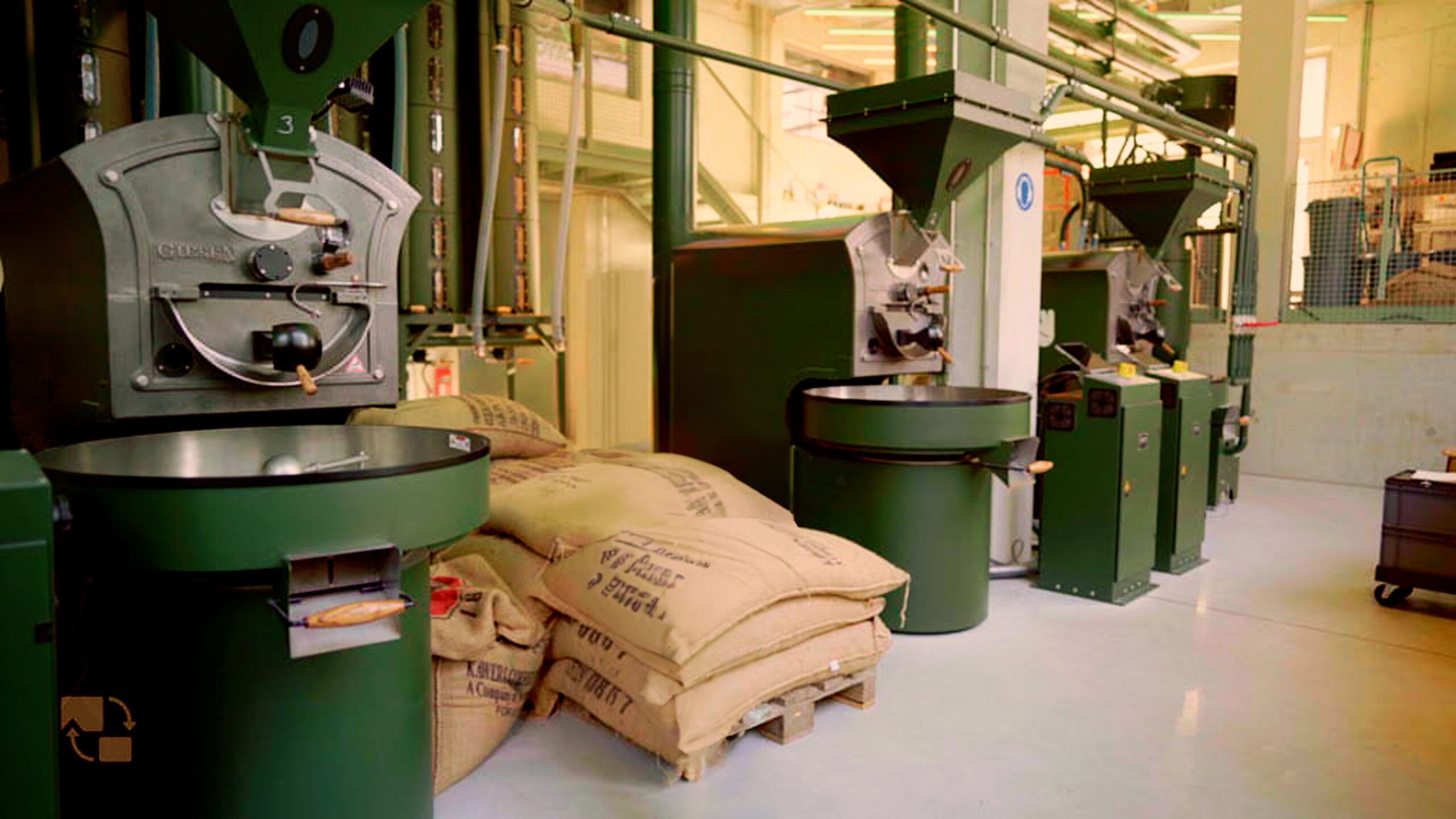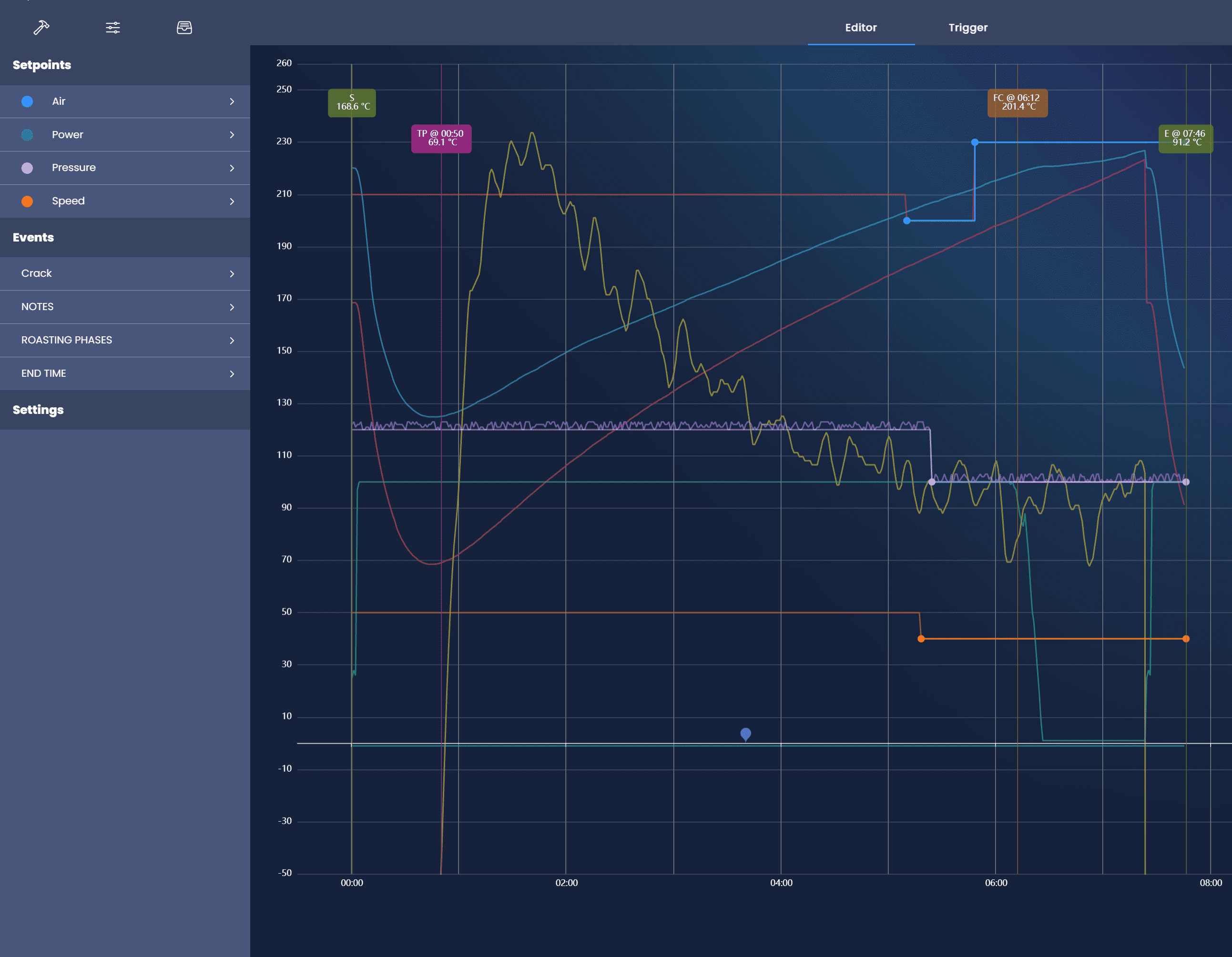As a roaster, it’s important you manage roasting even if you don’t have access to sophisticating software. Some milestones can help you with understanding the roast. This way, you can build a roast profile from scratch.
Everybody starts with a green bean and hopes it turns out to be a brown bean, with a lot of flavor and aroma. Before you can develop a good profile on your coffee roaster, it is important that you understand the different phases and developments. Therefore, you can learn to recognize some milestones which recur during almost every coffee roast.
Note: The temperatures in your roaster can be different. Our temperatures were in the middle of the Giesen W1A and Giesen W6A.
The milestones during your roast
- Milestone 1: smell of freshly cut grass, 272 degrees (Fahrenheit), time: 4:10 minutes
Between the start of the roast and the moment you smell freshly cut grass, the beans gradually start absorbing heat at the point where the internal temperature of the beans exceeds water. The water vapor that starts developing now induces the first phase of the chemical transformations in the beans. Water vapor starts building up pressure and that pressure starts to induce the milliard reaction.
- Milestone 2: smell of hay, 300 degrees (Fahrenheit), time: 5:30 minutes
The hay smell is the sign of the ongoing development of the Milliard reaction. The beans are changing color; the browning occurs. This is the early start of caramelization. Coffee has a complex set of sugars and the caramelization is indicative of the fact that these sugars are transforming.
- Milestone 3: the ‘A’ point, 354 degrees (Fahrenheit), time: 7:50 minutes
This milestone occurs just before the first crack, it’s the precursor. It’s the point where the oils in the bean start becoming volatile. The actual coffee aroma can proceed. Therefore, the ‘a’ in ‘A’ point is for aroma. At this stage, we see the beginning of the exothermic reaction. This is where heat starts to come out.
- Milestone 4: first crack is almost finished, 387 degrees (Fahrenheit), time: 10:15 minutes
Now we are well into what we call the roast development. The development cycles. The cycle starts at the early onset of the first crack and continues until you finish your roast. You can see color changes and smell a distinct coffee aroma.
- Milestone 5: roast is finished, 393 degrees (Fahrenheit), time: 11:20 minutes

Do you want to learn more about this topic? Check out the past webinar for more information!




